We are all aware of the benefits that learning a musical instrument brings to children and young adult. This includes improvements in motor skills, concentration, coordination, general musicality, problem-solving, critical thinking, and not to mention the improved social skills. While a lesson with a child with autism may require a different approach in terms of planning and delivery, the benefits those lessons can bring are no less significant.
“Music can help children with autism to improve and broaden their experience in areas such as communication skills, managing sensory sensitivities and improving motor skills. It also teaches self-determination in order to master learning a musical instrument. Research has shown that the benefits of music with children who have autism have included: increased positive social behaviour, increased communication skills, increased attention for a task and reduced anxiety”
De Vries, 2015
If you are in a school and have a student who has autism, it is important to learn as much as you can about them from, teachers, teaching assistants and support workers. Children with autism often have social, communication and language problems, so may have difficulty understanding questions and directions, or might need longer to process information.
How to plan and deliver a lesson for a child on the autistic spectrum
A clear, structured routine with lots of visual aids will be hugely beneficial in your lessons. Flashcards or stickers on Velcro showing each part of the lesson can be used to show the structure of the lesson clearly, and for how long it is to last. If you have a Velcro board, you can then tear off each section once it has been completed.
For example, a visual board / whiteboard showing the lesson structure could be divided into the following sections:
- Warm up (5 minutes)
- Scales (5 minutes)
- Playing pieces (15 minutes)
- Setting homework (2 minutes)
- Playing on the drums/piano (3 minutes)
To further help with the structure and routine, you can set a timer for each section- why not get a set of egg timers!?
Often in schools, the instrumental lessons take place in music rooms where there may be percussion instruments or keyboards out. If your student is distracted by those and is keen to have a play, it is important to keep to the structure of the lesson and instead build in time at the end of the lesson. For example, you can let your student know that if they complete all parts of their flute lesson, they get 3 minutes at the end to make up songs at the piano.
Teaching rhythms and note lengths
Try a mix of multisensory teaching techniques when explaining rhythms or note lengths. You could teach a new rhythm by:
- Clapping it
- Tapping it on the table
- Playing it on a triangle
- Writing it down
- Stomping it
- Identifying it on flashcards
Choosing music
It may be that the pieces in the tutor book are not engaging your student. Why not have a conversation with them about their favourite cartoon or film and choose a piece from that? You could always compose a piece with them, basing it on a theme of their choice.
Ear training
Your student may enjoy identifying pitches and be able to accurately name notes. Why not incorporate some ear training games into the lesson structure?
For research about the benefits of learning a musical instrument
Ham & High Education – “The benefits of playing an instrument”
If you’d like ideas for resources, or are interested in reading more about autism
National Autistic Society
Call: 0808 800 4104
(Monday to Thursday 10am to 4pm, Friday 9am to 3pm)
Ambitious about Autism
020 8815 5444
info@ambitiousaboutautism.org.uk
Autism Service at Cognus
Facebook – fb.com/theautismservice
Twitter – @Cognus_Autism
Cognus Limited’s SEN Support team support those with special educational needs, their families/carers and schools to provide advice, advocacy and training as well as the provision of home to school transport and other practical help.


